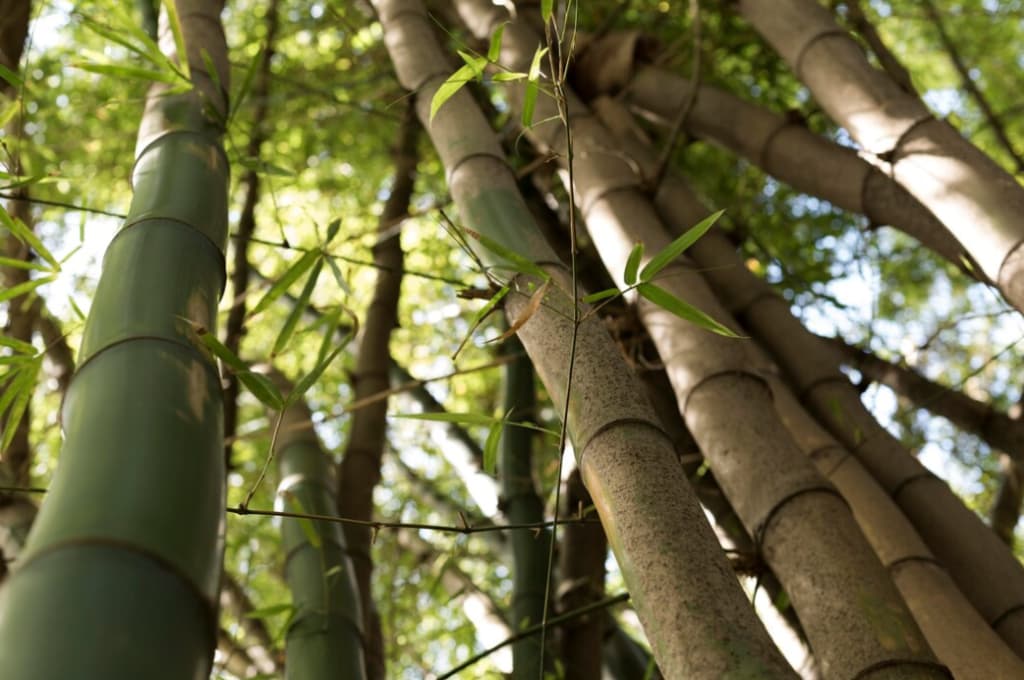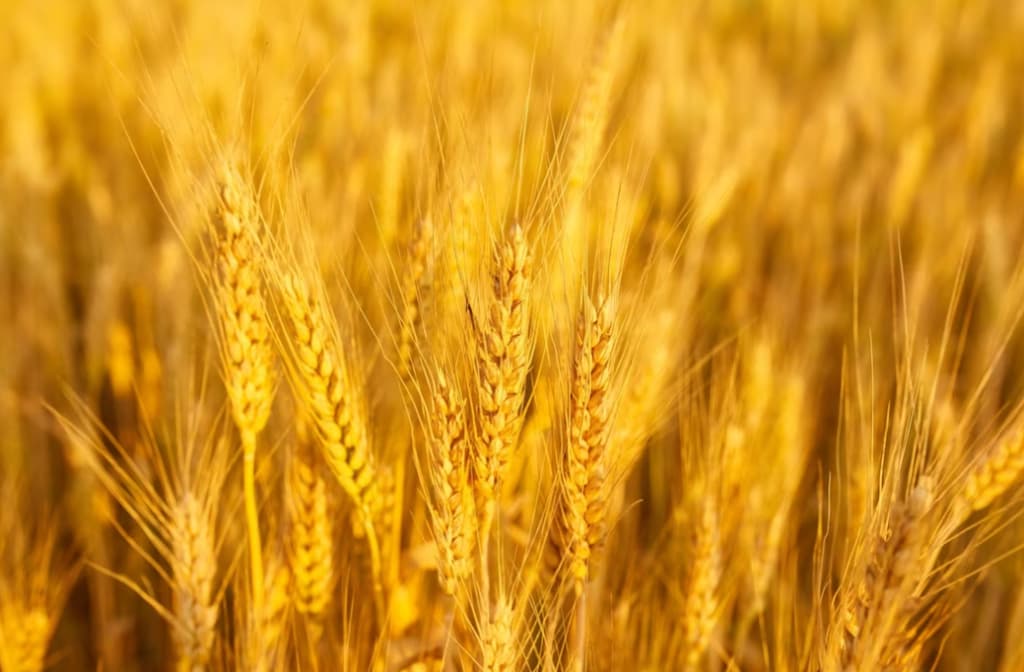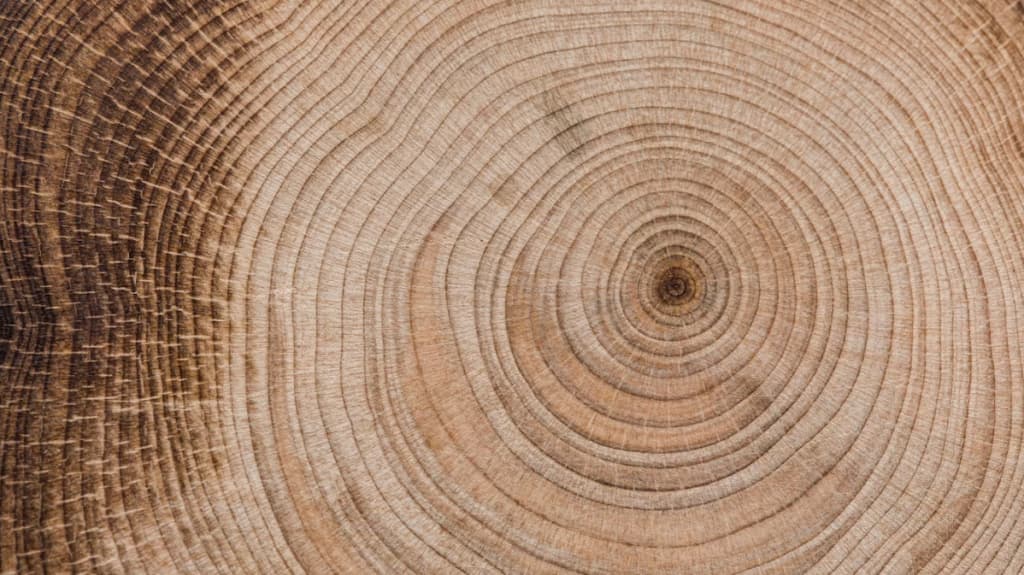Plastics play a pivotal role in contemporary society, owing to their strength, adaptability, long-lasting nature, and immunity to decay. They are crucial to a myriad of applications that define technological advancements today.
Yet, it’s noteworthy that a mere 9% of all plastics manufactured actually undergo the recycling process.
Consequences for Nature and Necessity for Change
Plastic pervades every aspect of our daily lives, often seen encasing the products we purchase routinely. It’s hard to envision a world without this ubiquitous material—it’s in our household items, encasing our foods, interwoven into the cosmetics we use.
Our modes of transportation—cars, trains, and planes—are filled with plastic parts. The clothes we wear and the chairs we sit on often contain plastic fibers. This omnipresence, however, comes with significant environmental costs.
One of the gravest impacts of plastic, particularly plastic bags, is their persistent nature in the environment, breaking down at a glacial pace. The degradation process, when accelerated by sunlight, leads to the release of toxic substances that contaminate the soil. Burning plastic bags adds a noxious dimension to air pollution, exacerbating the already critical issue of atmospheric contamination.
- Since the 1950s, a staggering 8.3 billion metric tons of plastic have been produced, with 6.3 billion metric tons becoming waste;
- A mere 9 percent of this waste has been recycled;
- The rest? It litters landfills and water bodies across the globe, ravaging wildlife and mar the beauty of our beaches;
- Around forty percent of this refuse is composed of single-use packaging and containers.
Our relentless production and disposal of plastic has escalated into a perilous dependency, one that demands urgent reevaluation and action for the health of our planet and its inhabitants.
Sustainable Alternatives for a Greener Future
As we seek solutions to reduce our environmental footprint, turning to products crafted from eco-conscious materials is a vital step. The marketplace is increasingly embracing alternatives to conventional plastic, offering a range of options for those keen on making choices that benefit our planet’s health.
Emphasizing the power of consumer choice in driving change, we’ve curated a selection of 18 sustainable substitutes. These alternatives not only match the functionality of their plastic counterparts but also promote environmental sustainability. From biodegradable materials to items crafted from renewable resources, each selection on our list represents an opportunity to contribute positively to the global effort of environmental conservation.
By opting for these eco-friendly choices, each of us can play a role in fostering a world less dependent on plastics and more attuned to the rhythms of the natural world.
18 Top Eco Alternatives to Daily Plastic Items
Transitioning to eco-friendly alternatives for daily use can significantly lessen your environmental footprint. It’s essential to move away from single-use plastics and embrace greener substitutes. These sustainable choices are easy to adopt and can lead to a meaningful reduction in pollution and resource depletion.
1. Bamboo

Bamboo is becoming a popular material for making a wide range of eco-friendly products. From kitchen utensils like cutlery and serving trays to personal items like tissues, workout towels, and stationery, bamboo provides a sustainable option for those looking to reduce their plastic use.
One of the significant advantages of bamboo is its growth rate. Bamboo forests can regenerate in three to five years, much faster than traditional forests, and they don’t require pesticides to thrive. This makes bamboo a more sustainable and environmentally friendly resource.
Bamboo also has natural properties that make it a strong and durable material. It’s capable of filtering air and water and has inherent antimicrobial characteristics. Products made from bamboo are not only long-lasting but also biodegradable, breaking down much more quickly than plastics after disposal.
2. Upcycled Tyre
The past decade has witnessed a remarkable surge in the automotive industry, with an increase in growth by approximately 15 percent. This boom has inevitably resulted in a heightened production of car parts, notably tires, produced in vast quantities to match the demand. In response to environmental concerns, the industry has made significant strides in designing rubber products that are less detrimental to our planet, ensuring that the materials used and the production processes employed are more considerate of ecological balance.
As tires outlive their purpose on vehicles, they are now frequently diverted from the waste stream and ingeniously repurposed. These discarded tires are reborn as a myriad of environmentally friendly products. This repurposing trend has fostered a new market for upcycled tire items, which includes a diverse range of products like durable wallets, innovative rubber planters, stylish laptop bags, unique handcrafted furniture, and even trendy footwear. These upcycled products underscore a growing commitment to sustainability and are available to consumers through various online platforms and retail outlets, highlighting the creative potential in reimagining what we consider waste.
3. Coconut
The United Nations Food and Agriculture Organization (FAO) estimated that in 2013, the world produced around 62 million metric tonnes of coconuts. Unfortunately, a significant portion of this yield is either burned or sent to landfills. However, the coconut has been recognized for its versatility and sustainability, serving as one of the most eco-friendly alternatives to plastics.
The coconut is remarkably efficient, with every part of the fruit being usable, ensuring minimal waste. The husk and shell, often discarded in the past, are now being transformed into a variety of practical and decorative items. These include kitchen utensils such as combs and cutlery, home décor like candle holders, and dining ware such as bowls and mugs. Beyond their functional uses, coconut shells are also ideal for crafting unique and sustainable gift baskets. This not only represents a step forward in reducing waste but also in promoting a circular economy where every part of a product is fully utilized.
4. Glass
- Research indicates that using recycled glass in manufacturing can cut water pollution by up to 50% and air pollution by 20%, compared to producing new glass;
- Opting for glass as a substitute for plastic bottles is not only eco-friendly but also a health-conscious choice;
- A simple shift to glass bottles and containers over plastic ones can make a substantial difference environmentally;
- Moreover, glass is a safer option for storing foods and beverages since, unlike plastic, it doesn’t release harmful chemicals.
Glass products also carry an aesthetic advantage; they exude a sense of class and sophistication. This makes them excellent choices for eco-conscious business gifts that reflect a commitment to environmental responsibility and health safety.
5. Cow Manure
Don’t be put off by the origin; cow dung is more versatile than you might think. Without being informed, it’s nearly impossible to identify products made from processed cow dung. Rich in nutrients like nitrogen, phosphorus, and potassium, cow dung is a well-known garden booster.
Beyond fertilization, cow dung can be composted and molded into an array of products, offering a sustainable and biodegradable alternative to plastics. The market has embraced this resource, crafting items such as decorative bangle boxes, practical utility trays, eco-friendly carry bags, and even unique gift boxes. These products not only serve as conversation starters but also stand testament to innovative recycling and the reduction of plastic use.
6. Paper Made Without Trees
Tree-free paper is an innovative solution to traditional paper-making that often leads to deforestation. This type of paper is created from fast-growing and readily renewable agricultural byproducts such as lemongrass, sugarcane, and cotton rags. These materials replenish quickly without harming the ecosystem, presenting a substantial environmental benefit. The versatility of tree-free paper is remarkable, extending its use beyond conventional stationery to include art books, greeting cards, eco-friendly gift bags, desk calendars, and a variety of handmade papers. These products demonstrate a commitment to preserving our forests while still meeting consumer needs for paper goods.
7. Repurposed Cloth or Fabric
Repurposing or Upcycling refers to the process of generating a new product out of the same fabric that was previously used. Because of quick fashion, a lot of garments end up as trash.
When shredded and thrown away, small pieces of tablecloths and rags contribute to the accumulation of debris in our oceans and landfills. Fabrics can be repurposed into various chic items such as masks, cushion covers, aprons, rakhi, fabric lanterns, purses, and more. You will find so many brands today that sell upcycled products.
8. Jute
Jute stands out in the textile sector as a beacon of sustainability. Known for its incredible strength, longevity, and cost-effectiveness, jute is a plant-based material that can completely biodegrade, be recycled, and reused, making it an excellent choice for those looking to minimize their environmental footprint. The use of jute has expanded into a range of products that cater to both functionality and style, including sling bags, table runners, chic gift envelopes, versatile pouches, and eco-conscious notebooks. As the movement towards sustainable materials gains momentum, jute emerges as a favorite, balancing ecological benefits with consumer needs.
9. Cork
Cork is not only recyclable and biodegradable; it’s an active participant in our planet’s carbon management. Harvesting cork from the bark of trees enhances their ability to absorb carbon dioxide—up to three to five times more than unharvested trees. This incredible feature offers a persuasive incentive to choose cork-based products. The range of cork items available today is impressive and includes innovative creations like durable wallets, travel-friendly passport holders, non-toxic yoga mats, and more. Furthermore, cork oak forests are hotspots for biodiversity, providing a critical habitat for many endangered species such as the Iberian Imperial Eagle, the Iberian Lynx, and the Barbary Deer. Choosing cork not only supports the environment through carbon sequestration but also contributes to the conservation of these precious ecosystems and their inhabitants.
10. Wheatstraw

The extensive cultivation of wheat globally produces a significant byproduct with untapped potential – wheat straw. Traditionally regarded as agricultural waste, this stalk residue from harvested wheat grains is now being recognized as a viable and biodegradable alternative to plastic. Cutlery made from wheat straw is becoming increasingly sought after for its durability and convenience, proving particularly advantageous for gatherings and social events. These eco-friendly utensils provide a responsible choice for single-use items, mitigating environmental impact.
11. Natural Fiber
As the quest for environmentally responsible materials intensifies, natural fiber composites are taking center stage. These materials, which incorporate fibers derived from plants, have captured the attention of multiple industries, including automotive manufacturers, for their potential to reduce pollution and reliance on non-degradable materials. Their integration into various products signifies a substantial stride towards greener production practices and a smaller ecological footprint.
12. Recycled Paper
The rising demand for paper poses a significant threat to global forests, yet our dependence on paper products is indisputable in everyday life. The good news is that recycling paper is a straightforward solution that mitigates the need for continuous deforestation. Our handmade notebooks, made from recycled paper, are just the tip of the iceberg. Repurposing used paper into new, environmentally friendly products – such as specialty handmade paper, gift wrap, and paper towels – is a critical step towards conserving our forests. Recycled cardboard also enjoys a new lease on life, being transformed back into sturdy boxes, paper bags, and a myriad of other essential packaging supplies, thereby closing the loop on waste and promoting a circular economy.
13. Organic Cotton
Organic cotton sets itself apart from synthetic fibers like polyester and acrylic, notorious for their environmental hazards and propensity to shed micro-plastics in the wash. As a natural, non-toxic option, organic cotton stands out for its cleanliness in our wardrobes and washing machines, offering a safer and more sustainable choice for consumers and the planet.
14. Stainless steel
As the war against plastic rages on, stainless steel has emerged as a durable champion in consumer preference. With its impressive lifespan, stainless steel is being adopted as a substitute for an array of single-use items, from drinkware to food containers. Its resilience against corrosion and its complete recyclability make it a formidable opponent to disposable plastic products.
15. Products Made From Beeswax and Soywax
Beeswax wraps have buzzed into the spotlight as a sustainable alternative to plastic wraps and aluminum foils. Readily available in stores, these wraps not only keep food fresh but also assure a waste-free end in landfills due to their biodegradable nature. Beyond wraps, beeswax spawns a plethora of eco-friendly products. Soywax candles also shine a light on sustainability; their biodegradability makes them a thoughtful purchase for those looking to contribute positively to environmental conservation.
16. Wood

Wooden materials serve as a natural biopolymer, often earning the nickname ‘bioplastic’ due to their plastic-like qualities without the environmental toll. These organic polymers not only mimic the practical attributes of conventional plastic but, unlike their petroleum-based counterparts, they break down naturally, leaving a negligible environmental footprint.
17. Coir
Far from being merely a byproduct, coir — derived from the husk of coconuts — stands as a testimony to sustainable utilization. Its intrinsic eco-friendly qualities ensure that its use inflicts no environmental harm. The unique properties of coir, spanning from gardening to erosion control, underscore its role as a valuable, versatile material in the green economy.
18. Cardboard
Cardboard’s biodegradability is a substantial boon for eco-conscious efforts, breaking down much more swiftly and with less environmental impact than synthetic plastics. Its reusability and widespread acceptance in recycling programs underscore its role as a responsible packaging choice. The pliable nature of cardboard also allows for efficient storage, with collapsible designs that conserve space when not in active use. Amongst sustainable materials, cardboard stands out as readily available, affordable, and a prudent choice for a variety of packaging needs.
Conclusion
An array of sustainable alternatives to plastic is at our disposal, offering us ample opportunities to make a positive environmental impact. Even small, incremental changes in our daily habits can accumulate to significant benefits for the planet. Embracing these changes gradually can set you on a path toward a more eco-conscious way of living, one step at a time. You might be interested in: The Significance of Environmentally Sustainable Goods.